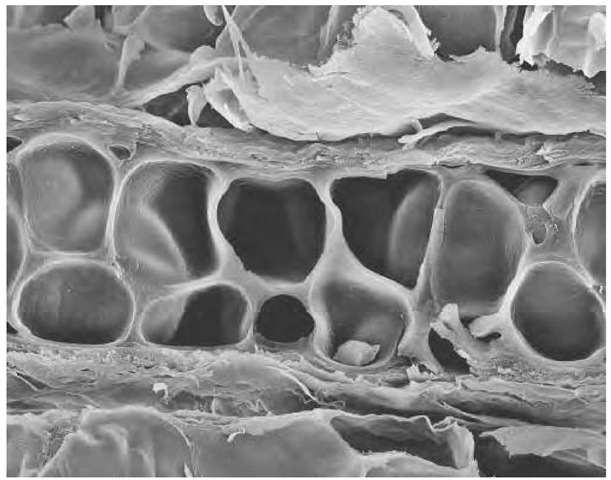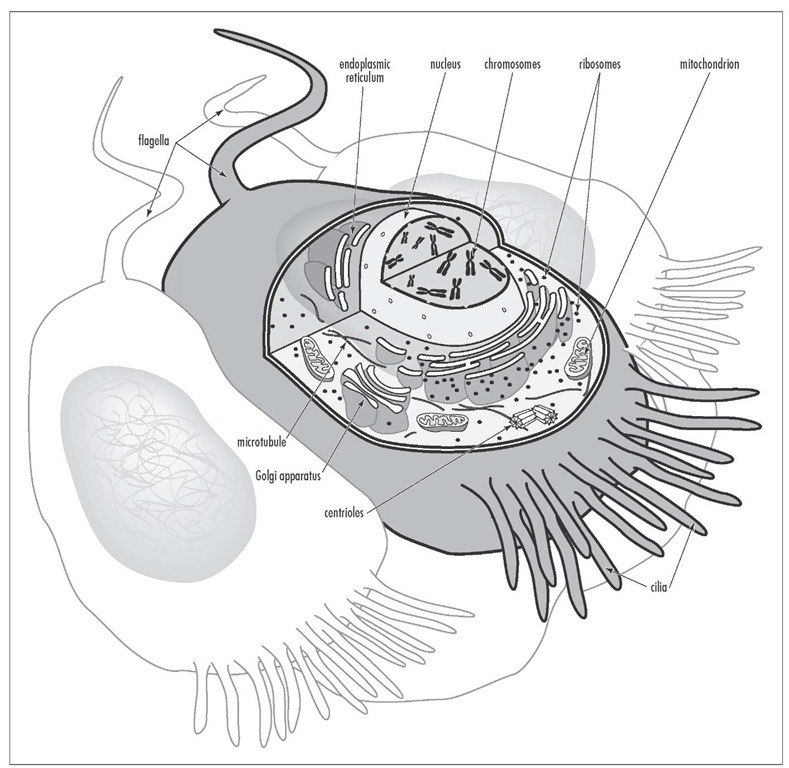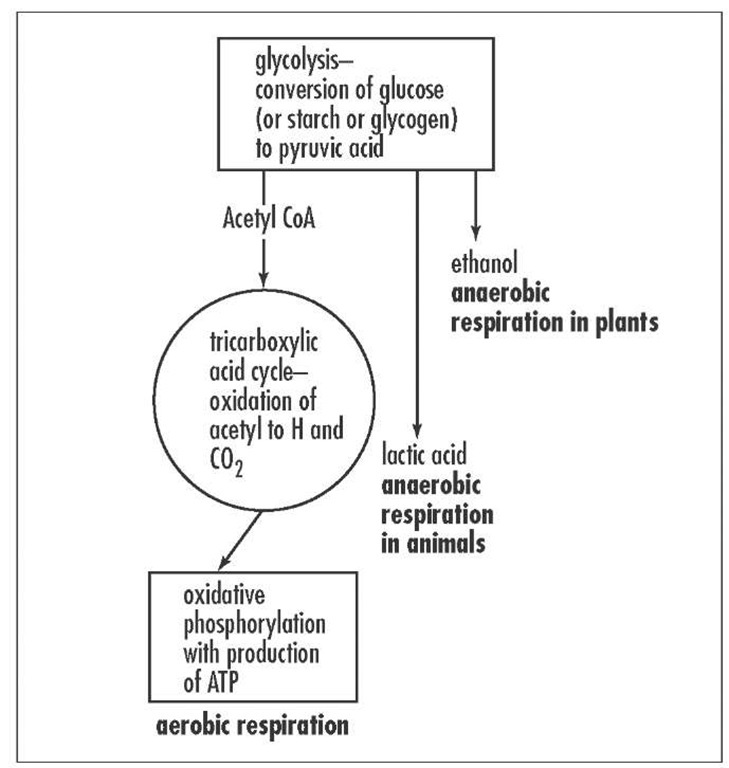Carrel, Alexis (1873-1944) French Surgeon Alexis Carrel was born in Lyons, France, on June 28, 1873, to a businessman, also named Alexis Carrel, who died when his son was very young. Carrel was educated at home by his mother Anne Ricard and at St. Joseph School, in Lyons. He received a bachelor of letters degree in 1889 from the University of Lyons, a bachelor of science the following year, and, in 1900, his Ph.D. at the same university. He worked as prosector at the Lyons Hospital and taught anatomy and operative surgery at the university. By 1906, he was at the Rockefeller Institute for Medical Research, where he carried out most of his landmark experiments.
Influenced by the assassination by knife of the president of France in 1894, he dedicated himself to develop a way to suture blood vessels, which ironically he developed after he studied with a French embroidress who showed him how to do embroidery. His first attempt was made in France in 1902. He subsequently developed the triangulation technique of vascular suture. He won the Nobel Prize in physiology or medicine in 1912 for his work on vascular suture and the transplantation of blood vessels and organs.
During World War I, Carrel served as a major in the French army medical corps and helped devise a widely used method of treating war wounds, called the Carrel-Dakin method, a method of wound irrigation in which the wound is intermittently irrigated with Dakin’s solution, a germicidal fluid (no longer used).
Carrel’s researches were mainly concerned with experimental surgery and the transplantation of tissues and whole organs. As early as 1902, he published a technique for the end-to-end anastomosis (union) of blood vessels, and during the next few years he did every conceivable form of anastomosis, although many were not accepted until the 1950s. In 1908, he devised methods for the transplantation of whole organs and had tested kidney and heart transplantations as early as 1905. In 1910 he demonstrated that blood vessels could be kept for long periods in cold storage before they were used as transplants in surgery, and he also conducted aortocoro-nary bypass surgery, before the advent of anticoagulants.
In 1935, in collaboration with Charles Lindbergh, Carrel devised a machine for supplying a sterile respiratory system to organs removed from the body. Carrel was able to perform surgeries that showed that circulation, even in such vital organs as the kidneys, could be interrupted for as long as two hours without causing permanent damage. The cover of the June 13, 1938, Time magazine showed Charles Lindbergh and Alexis Carrel with the new perfusion pump.
His books, such as The Culture of Organs and Man, the Unknown, Treatment of Infected Wounds (with Georges Debelly), were important works. He died in Paris on November 5, 1944.
Carrier An individual who is heterozygous for a recessive disease-causing trait but who does not necessarily show any symptoms and can pass the mutant gene to offspring. If both parents are homozygous for the trait, the chance that a newborn child will be affected is one out of four.
Carrier-linked prodrug (carrier prodrug) A prodrug that contains a temporary linkage of a given active substance with a transient carrier group that provides improved physicochemical or pharmacokinet-ic properties and that can be easily removed in vivo, usually by a hydrolytic cleavage.
Carrying capacity A population’s maximum capacity within a habitat that a single species can maintain before the habitat degrades or becomes destroyed. While a species may go over the carrying capacity, the long-term viability of the habitat is destined to lessen or be depleted.
Cartilage A rubbery but firm and flexible shock-absorber tissue that cushions bones at the joints and can be found in other areas like the spine, throat, ears, and nose. Made up of cells called chondroblasts that secrete a cartilage matrix (containing cells called chondrocytes when surrounded by a matrix), an intracellular substance. Cartilage is covered by a membrane called perichondrium that serves for nutrition and growth of the cartilage. Osteoarthritis can occur when cartilage is worn away faster than it is replaced. The underlying bones then start to rub against each other.
Elastic cartilage. Colored scanning electron micrograph (SEM) of a section through elastic cartilage (central horizontal strip) from a pinna (external ear). Elastic cartilage maintains the semirigid, flexible shape of the ear. It contains fibers of the protein elastin. Cartilage is a firm and flexible connective tissue. It is composed of chondrocyte cells embedded in holes (black) in an extracellular matrix (brown). The layers of skin (top and bottom) enclosing the cartilage are also seen. The pinna channels sound waves into the internal ear. Magnification unknown.
Cascade prodrug A prodrug for which the cleavage of the carrier group becomes effective only after unmasking an activating group.
Casparian strip A band of suberin, a waxy substance that waterproofs the walls of each plant’s root cells; prevents and controls passive water and mineral uptake into the central vascular tube of roots (steles).
Caste Morphologically distinct individuals within a colony, e.g., ants, that are also behaviorally specialized such as queens, workers, soldiers, etc.
Catabolic pathway The process for taking large complex organic molecules and breaking them down into smaller ones, which release energy that can be used for metabolic processes.
Catabolism Reactions involving the breaking down of organic substrates, typically by oxidative breakdown, to provide chemically available energy (e.g., adenosine triphosphate [ATP]) and/or to generate metabolic intermediates.
Catabolite A naturally occurring metabolite.
Catabolite activator protein (CAP) A protein that binds cyclic adenosine monophosphate (cAMP), a regulatory molecule, to DNA in organisms. When this interaction takes place, the gene promoter is made accessible to the enzyme RNA polymerase, and transcription of the gene can begin.
Catalase A heme protein that catalyzes the dispro-portionation of dihydrogen peroxide to O2 and water. It also catalyzes the oxidation of other compounds, such as ethanol, by dihydrogen peroxide. A nonheme protein containing a dinuclear manganese cluster with catalase activity is often called pseudo-catalase.
Catalyst Any substance that speeds up a chemical reaction without itself being consumed by the reaction.
Catalytic antibody (abzyme) An antibody that catalyzes a chemical reaction analogous to an enzymatic reaction, such as an ester hydrolysis. It is obtained by using a hapten that mimics the transition state of the reaction.
Cataract The clouding of the natural lens of the eye or surrounding membrane, making it difficult to see.
Catecholamine A class of hormones, two of which are known to be important in a medical emergency. These are epinephrine and norepinephrine. Dopamine and dopa are also catecholamines. All the cate-cholamines stimulate high blood pressure and can trigger symptoms usually associated with threatening situations leading to a panic attack.
Epinephrine (adrenaline). A hormone released by the adrenal gland, which is the drug of choice for the treatment of anaphylaxis. Indeed, those who are allergic to insect stings and certain foods should always carry a self-injecting syringe of epinephrine.
Epinephrine increases the speed and force of heartbeats and, therefore, the work that can be done by the heart. It dilates the airways to improve breathing and narrows blood vessels in the skin and intestine so that an increased flow of blood reaches the muscles and allows them to cope with the demands of exercise. Usually treatment with this hormone stops an anaphylactic reaction. Epinephrine has been produced synthetically as a drug since 1900.
Norepinephrine (noradrenaline). A hormone released by the adrenal gland. Norepinephrine is released, along with epinephrine, from the adrenals and from nerves when heart failure takes place. These hormones are the first line of defense during any sudden stress. The release of these hormones cause the heart to pump faster, making up for the pumping problem caused by heart failure.
Cation exchange The ability of soils to attract and exchange cations with cations of soil solutions; high for clays and humus and low for sand.
Catkin A hanging group of unisexual flowers (either male or female) without petals, e.g., willows.
Caucasian A member of the human race that is white skinned.
Xaudal A fin, or direction toward a tail.
Celiac disease (celiac sprue) Celiac disease is a mal-absorption disorder characterized by a permanent gluten-sensitive enteropathy resulting in malabsorption, failure to thrive, and other gastrointestinal manifestations. However, it should not be confused with a food allergy or hypersensitivity to food products.
Celiac disease is an inherited cell-mediated hyper-sensitivity involving a tissue-bound immune cell, often resulting in delayed reaction to a food allergen such as wheat, rye, oats, or barley. Gluten, a protein in these grains, is thought to be the offending agent. The disease has also been referred to as gluten enteropathy, gluten intolerance, gluten intolerant enteropathy, gluten-sensitive enteropathy, nontropical sprue, and wheat allergy.
The onset of the disease has no age restriction, but there are many hypotheses related to possible causative factors. In some adults, symptoms leading to a diagnosis of celiac sprue have been observed to appear following severe emotional stress, pregnancy, an operation, or a viral infection.
Cell The basic unit of life, capable of growing and multiplying. All living things are either single, independent cells or aggregates of cells. A cell is usually composed of cytoplasm and a nucleus, and it is surrounded by a membrane or wall. Cells can be categorized by the presence of specific cell surface markers called clusters of differentiation.
Cell center (centrosome) The organelle centrally located near the nucleus where the microtubules are organized and the location of the spindle pole during mitosis. A pair of centrioles, arrays of microtubules, are found in the center in the cells of animals.
Cell cycle The reproductive cycle of the eukaryotic cell: the orderly sequence of events (M, G1, S, and G2 phases) when a cell duplicates its contents and divides into two.
Cell-cycle phases The sequence of events that cells go through between mitotic divisions. The cycle is divided into gap 0 (G0), gap 1 (G1), synthesis phase (S) when DNA is replicated, Gap 2 (G2), and mitosis (M).
GO phase Period of time when the cell pauses in cell division between M (mitosis) and S (synthesis) phases. Normal cells in this phase have exactly one set of chromosome pairs. G1 phase Period of time after mitosis but before S phase of the cell-division cycle; the cell is making preparations for DNA synthesis. G2 phase Period of time after the S phase and before mitosis of the cell-division cycle. In this phase, the cells have duplicated their DNA and formed two sets of chromosome pairs, in preparation for division. G2 follows the S phase and precedes the M (mitosis) phase.
Cell division When two daughter cells are created from one cell.
Cell fractionation Separation of a cell’s individual subcellular components (membranes, nucleus, cytoplasm, mitochondria) by the use of centrifuges, which allows closer study of individual cellular components.
The cell is the basic unit of any living organism. It is a small, watery compartment filled with chemicals and a complete copy of the organism’s genome.
Cell-mediated immunity (CMI; cellular immunity) The branch of the immune system in which the reaction to foreign material is performed by specific defense cells (killer cells, macrophages, and other white blood cells) rather than antibodies.
Cell membrane A two-layered structure of material surrounding living cells. Most cell membranes have proteins, such as receptors and enzymes, embedded in them. The membrane holds the cell together, controls which substances go in or out, and maintains homeostasis.
Cell plate A membrane that forms in an area of the cytoplasm from the fusion of vesicles (which flatten) of a dividing plant cell during cytokinesis and which will develop into a new cell wall.
Cellular differentiation The process of embryonic cells developing into their destined specific forms and functions as an organism develops; a result of gene expression. The process by which different cells, all sharing the same DNA, are capable of performing different tasks.
Cellular respiration The process in which adenosine triphosphate (ATP) is created by metabolizing glucose and oxygen with the release of carbon dioxide. Occurs in the mitochondria of eukaryotes and in the cytoplasm of prokaryotes. See also atp.
Cellulose A polysaccharide (polymer of glucose) that is found in the cell walls of plants. A fiber that is used in many commercial products like paper.
Cellular respiration is the process in which ATP is created by metabolizing glucose and oxygen with the release of carbon dioxide.
Cell wall A tough surrounding layer of a cell. In plant cells, it is formed of cellulose embedded in a polysaccharide-protein matrix and is composed of primary and secondary cell walls: the primary is flexible, while the secondary is more rigid. The cell wall provides structural support and protection.



